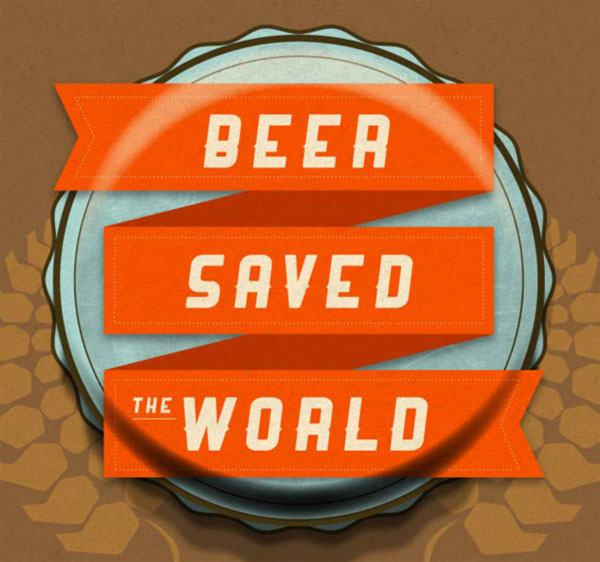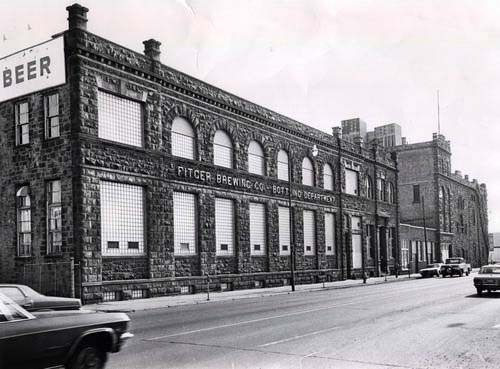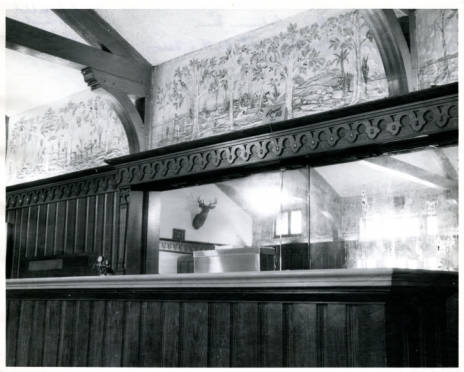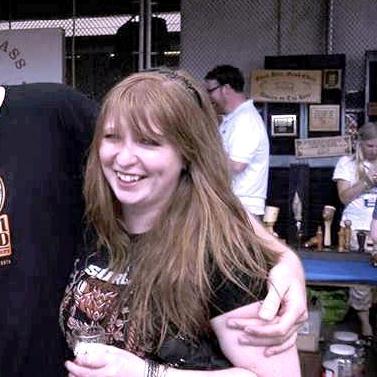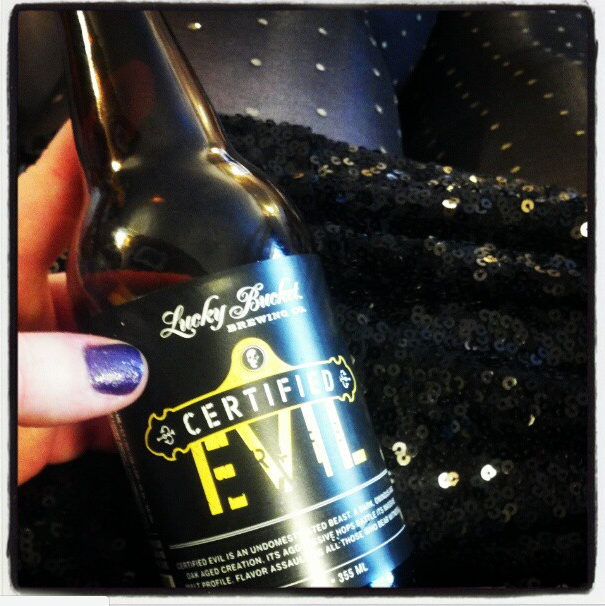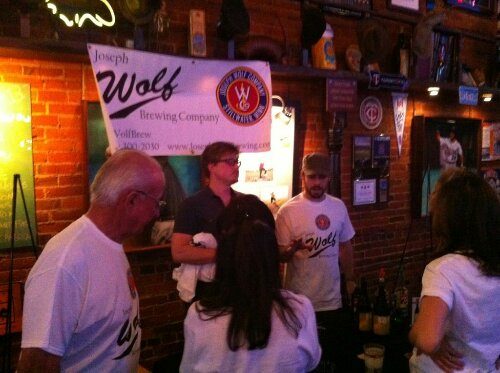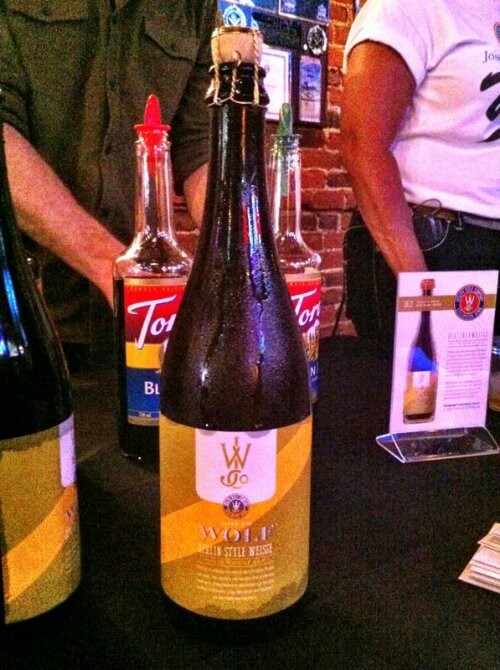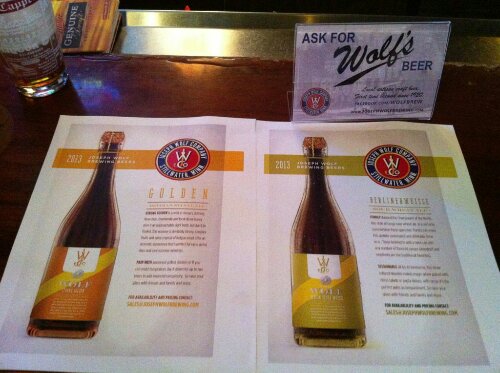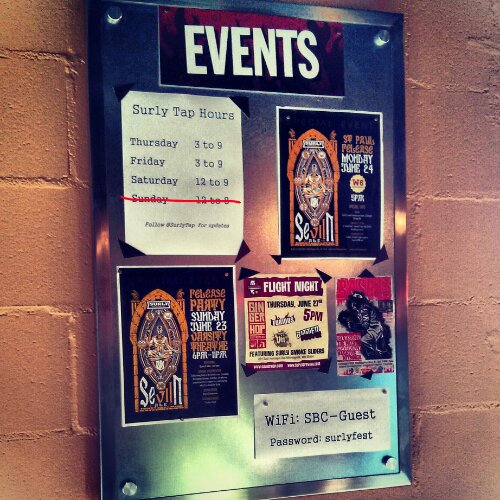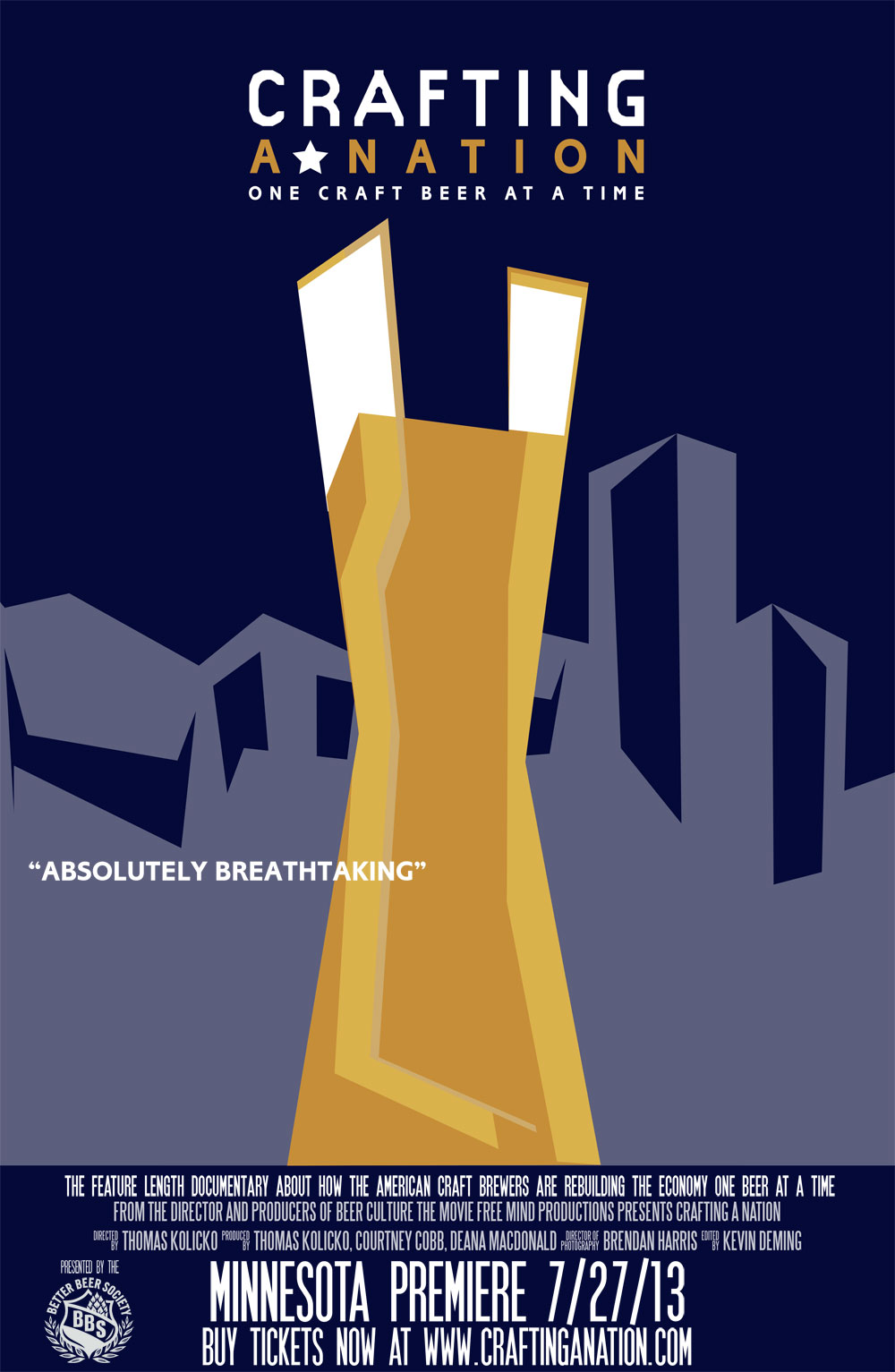Very few people wake up one morning and decide they love India Pale Ales or Imperial Stouts much less young first time drinkers. Craft beer is in many cases similar to single malt scotch because most people have to make a concerted effort to truly appreciate it. Bitterness may be one of the main reasons because the taste is originally a sign of toxicity in plants. For that reason typically the palette must be trained in order to appreciate bitterness in plants like broccoli, or more importantly hops. So why do many of us put in this kind of effort to become beer lovers? For that matter why do perfectly rational normal seeming people decide to sort through piles of city, state, and federal regulations, put themselves into massive amounts of debt, and fight giant multinational corporations for the chance to become moderately wealthy at best? Other people will choose to become politically active in a way they have never been before in order to defend their right to drink beer. Not to mention the ever expanding amount of alternatives practically thrown our way. So why has beer persevered in the face of these challenges?
For the first nine millennia of beer’s existence there were few reasons not to love beer, it was safe, nutritious and high in much needed calories. Even though safe alternatives in coffee and tea have been available for centuries they were much too expensive and lacked the caloric value to appeal to the general populace. In an ironic turn it should have been Louis Pasteur’s groundbreaking work Studies on Fermentation, the diseases of Beer in 1876 that sounded the death knell for beer. Although Pasteur’s work greatly improved our understanding of the brewing process it also ended beer’s reign as a staple beverage by showing that water could be made safe simply by boiling it. In Europe, beer was safe due to the cultural memory and importance of it to nations like Germany, the Netherlands, and Britain. In the fledgling United States this development came at just the wrong time; providing prohibitionists with the safe, alternatives they needed to gain ground in the fight against alcohol.
The German-Americans that controlled the majority of the American brewing industry had fought time and time again to show that beer was not a destructive substance. American beer flourished right up to the dawn of Prohibition in spite of many attacks. During the 13 year mistake that was American Prohibition the brewing industry went into rapid decline for obvious reasons. Also, during that era new alternatives to beer popped up in the soft drink industry, and Americans learned to drink liquor because it was much more profitable to smuggle in. When Prohibition came to a close the brewing industry would enter a whole new world where dieting, bland processed food, and sweet soft drinks would come into the mainstream. In order to survive this new reality breweries were forced to move towards light, dry, bland beer, welcome the American adjunct lager and its poster child Miller High Life. In the 40 years that followed Prohibition there seems to have been an all-out attack on the American palette.
Since beer was now a luxury good and no longer a necessary part of the human diet, large breweries could no longer rely on making a quality product with knowledge that everyone drinks beer. For centuries breweries prided themselves on making the best product they could to gain their market share. With so many alternatives and fewer beer drinkers than ever before, especially in the United States, new strategies would have to be devised. This strategy would involve going toe to toe with the liquor industry to be the product that got us drunk, think; “more flavor, less filling” and you will get the idea. Slowly but surely diet beers and other gimmicks began to hit store shelves and bar coolers. Fortunately, some young adults in the 1960’s and 1970’s began to reject the corporate culture of their parents’ generation including their beer.
How did the efforts of a few counter-culture entrepreneurs change American tastes again? What came to be known as the Craft Beer Movement started out very humbly with a few passionate enthusiasts preaching the good word. Now that craft brewing can really be considered to be in full swing, I would like to explore the motivations behind the passion sweeping many of us into it. Good history for me has never been a list of facts, but discovering the context in which they exist. This is why I am not going to list out a year by history of the craft beer movement up till this moment, but provide you with the context of the condition the beer world was in that dawn of the movement. Over the next months to a year I hope to have this discussion and explore what connects each of us to our favorite beverage and find out why we all learn to love beer.
For example, I am pretty sure my love affair with beer began at an early age. I grew up on the small dairy farm in northern Wisconsin that my family has farmed for over a century now. When I was young we lived in a trailer across the yard from my grandparents’ house so my Dad did not have to add a commute to his 16 hour days on the farm. My Dad has run the farm with my Grandpa since he was in his teens, which meant Grandpa was always around. Before my grandparents moved up to the lake to retire, which meant they stopped working Sundays, they had a bar in the basement with a kegerator. Like any boy of seven or eight I followed my grandpa everywhere. This included what he called Miller time, ironically since he was never a fan of Miller. As a family of German descent beer was never taboo in our house, although my Dad never drank, something about not enough time in the day.
On tap in the basement bar was always G. Heileman’s Old Style, until 1991 when the brewery went Bankrupt and Grandpa claimed it never tasted the same. He was pretty sure they stopped krausening it so he switched to Pabst instead, which was incidentally owned by Stroh brewing as well. As a child the part I loved was pouring the beer into the little pilsner glass he had with lunch. This experience stuck with me as I went to college and decided to bar-tend to fund my education. Being a long-winded history major, I learned that if you could tell stories people tipped you better. I read as much about beer and liquor history as I could. The more I read, the more I appreciated and I began to dabble in craft beers. I dabbled mostly in gateway beers like Lienenkugel’s, Sam Adams, and yes occasionally even an Old Style. Now 13 years later my obsession has progressed to the point that almost every Saturday I give the tours at Lift Bridge Brewing Company. The more I thought about my own story, the more I was curious to find out what other people’s beer love stories. That is why I would like to build a cultural history of the craft beer movement to find out why, in spite of the odds, so many of us love craft beer.
Why do you love beer? Share your story below.

